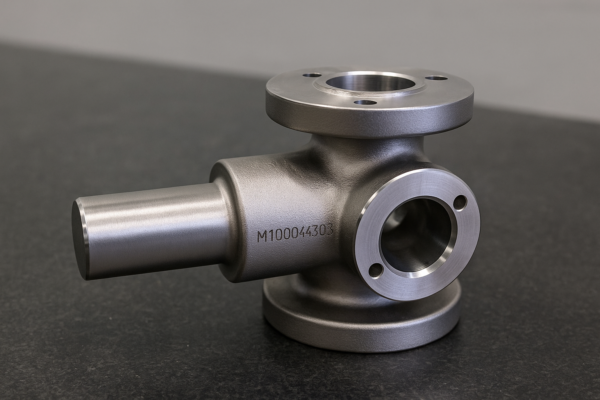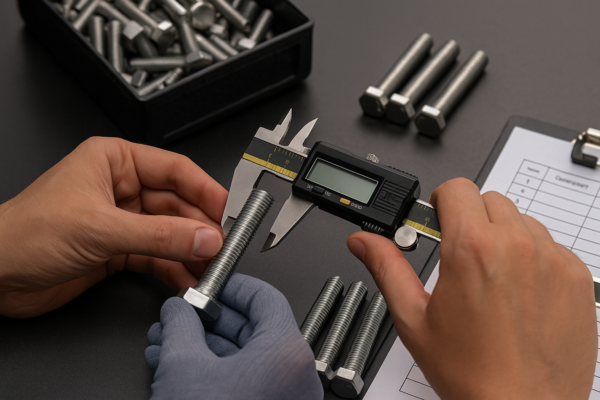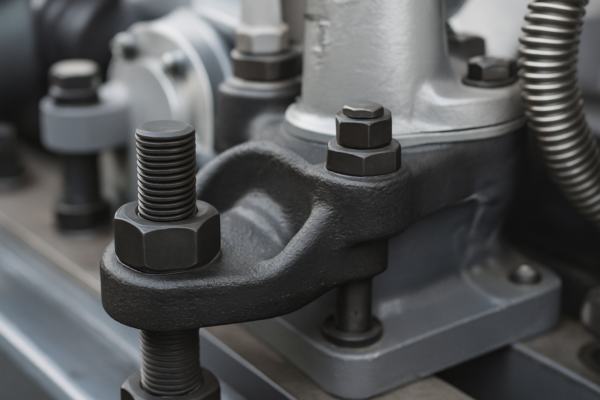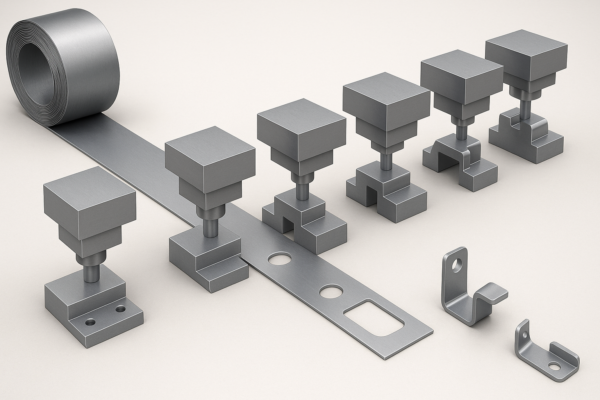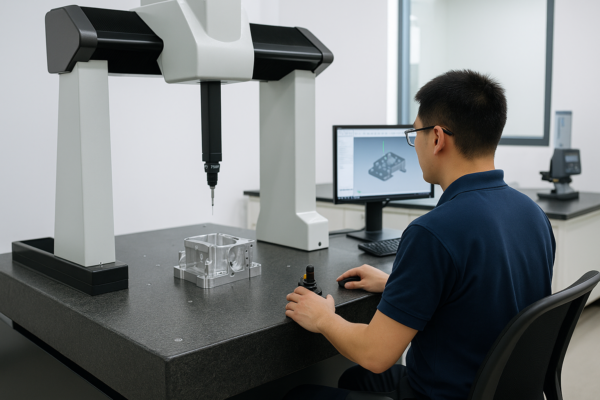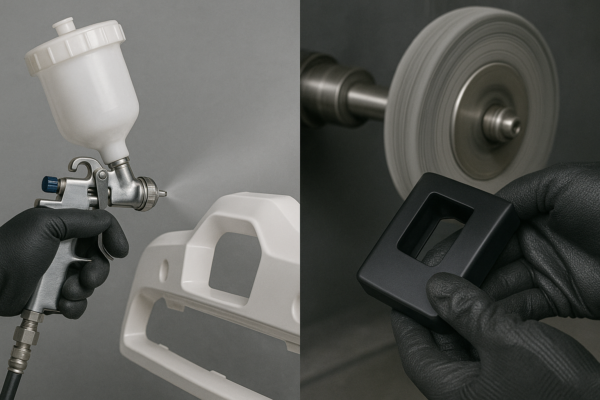How Do You Sand Cast a Metal Part? A Step-by-Step Foundry Guide
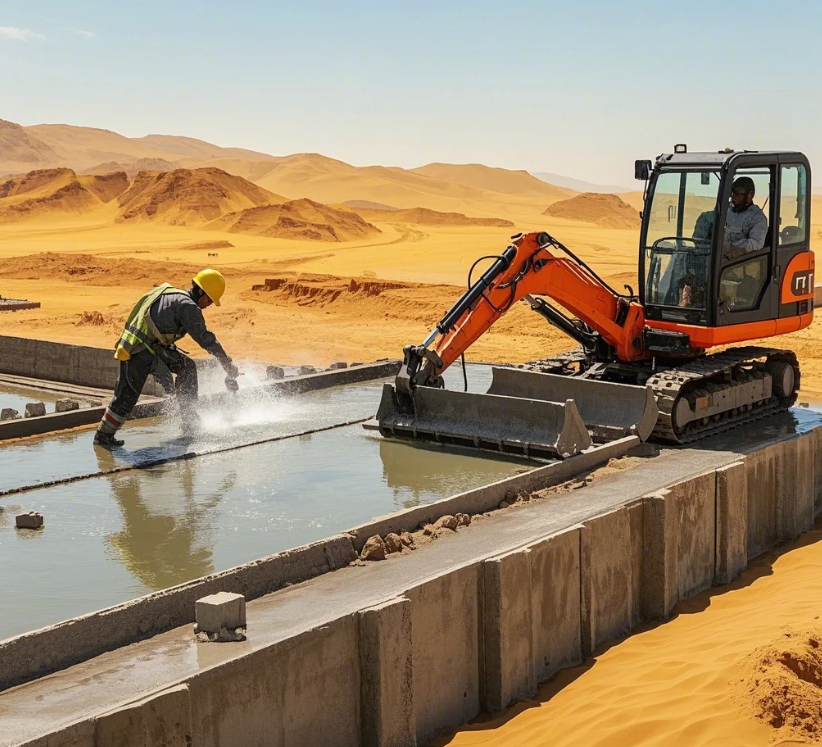
Sand casting transforms molten metal into complex shapes using compacted sand molds. While simple in concept, perfecting it requires attention to pattern design, sand composition, and pouring techniques.
Snippet paragraph: Sand casting involves creating a mold from bonded sand around a pattern, removing the pattern, pouring molten metal, then breaking away the sand to reveal the finished part – a process used for prototypes and mass production.
Follow this professional workflow to achieve consistent results whether you’re a hobbyist or industrial caster.
What Materials and Tools Do You Need for Sand Casting?
Gathering the right equipment prevents costly mid-process failures.
Snippet paragraph: Essential sand casting tools include green sand (80-85% silica sand, 10-15% clay, 3-5% water), a flask (drag and cope), patterns, pouring ladle, rammer, and venting rods – plus safety gear for molten metal handling.
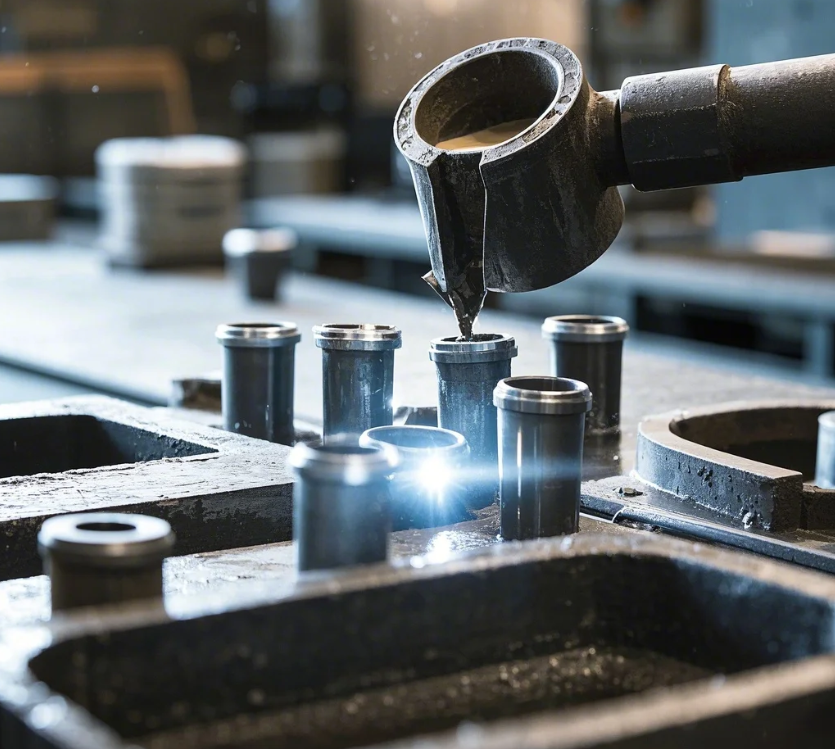
Basic vs. Professional Setup Comparison
| Item | Hobbyist Version | Industrial Version | Purpose |
|---|---|---|---|
| Sand | Pre-mixed greensand | Automated sand conditioning | Mold formation |
| Flask | Wooden/plastic DIY frame | Steel snap-flask with alignment pins | Mold containment |
| Pattern | 3D-printed PLA | Machined aluminum with draft | Mold cavity creation |
| Pouring | Handheld crucible | Tilting furnace with metering | Precision metal delivery |
Pro Tip: Start with aluminum (660°C) before attempting higher temp metals like brass (900°C+) or iron (1200°C+).
How Do You Prepare the Sand Mold Correctly?
Mold quality directly impacts casting surface finish and dimensional accuracy.
Snippet paragraph: Proper mold preparation requires ramming sand in layers (50-75N/cm² compactness), creating sprues/gates at 1.5x runner diameter, and venting every 5cm – tested by "finger firmness" for small casts.
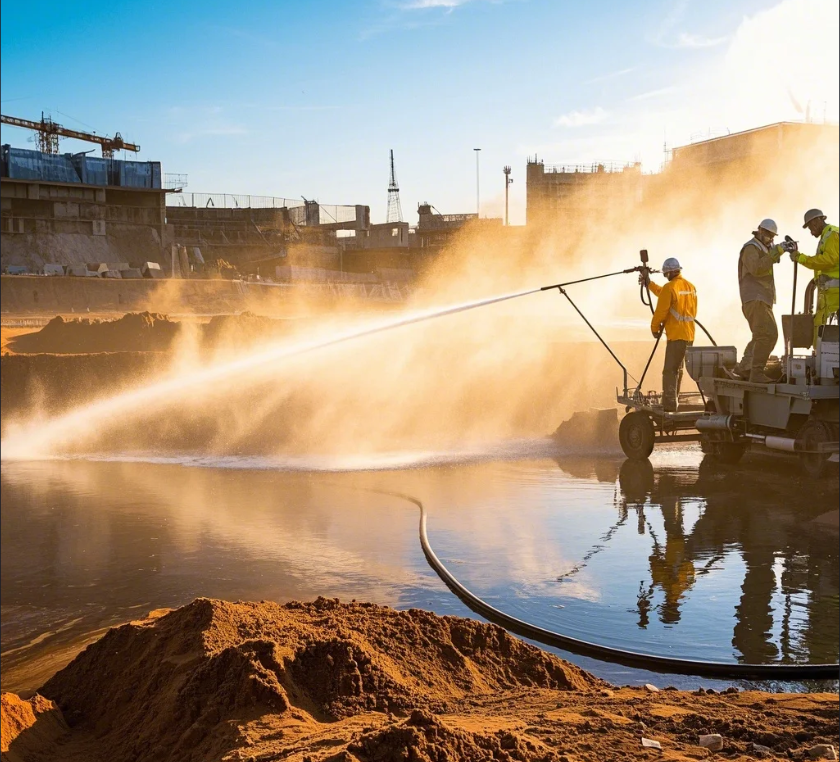
Critical Mold Parameters
| Parameter | Aluminum | Cast Iron | Measurement Method |
|---|---|---|---|
| Sand Hardness | 65-75 (B scale) | 80-90 (B scale) | Hardness tester |
| Moisture % | 3.5-4.5% | 2.5-3.5% | Loss-on-drying test |
| Permeability | 80-120 AFS | 60-90 AFS | Standard permeability tester |
| Bentonite % | 8-12% | 10-14% | Methylene blue test |
Common Mistake: Over-ramming reduces permeability, causing gas defects – sand should spring back slightly when pressed.
What Are the Best Techniques for Pouring Molten Metal?
Controlled pouring prevents turbulence and inclusions.
Snippet paragraph: Pour at 1.5-2x the calculated metal weight in 3-5 seconds, maintaining a continuous stream with the ladle tip touching the sprue – preheat molds to 100°C for iron to prevent thermal shock.
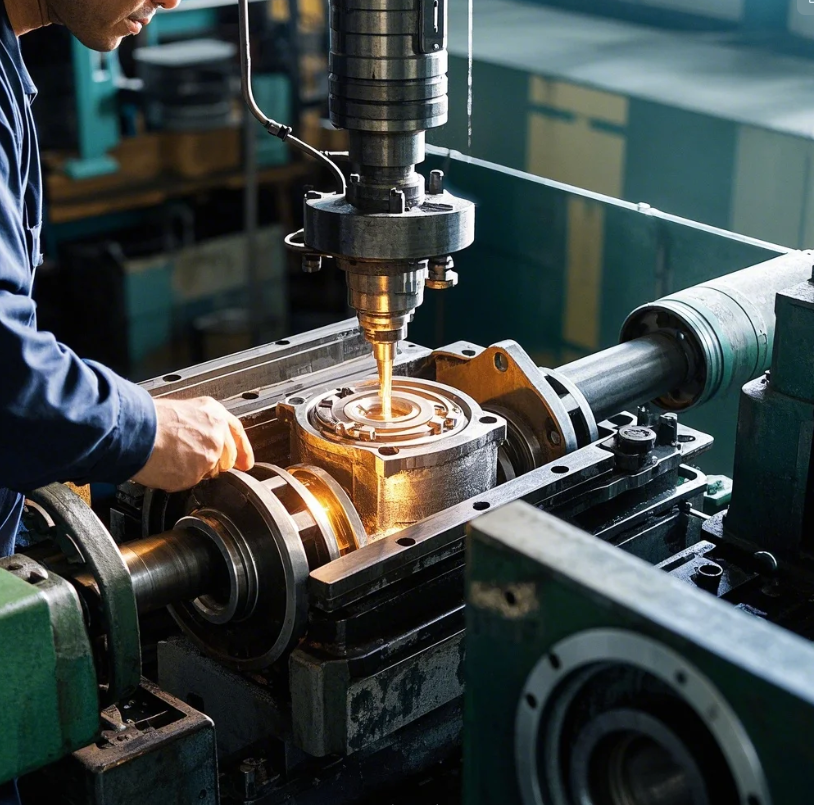
Pouring Variables by Metal
| Metal | Superheat Temp | Pour Speed | Sprue Height | Chill Requirement |
|---|---|---|---|---|
| Aluminum | +50-75°C | Moderate | 2-3cm | Rare |
| Brass | +30-50°C | Fast | 3-5cm | Section thickness >25mm |
| Iron | +25-40°C | Slow | 5-8cm | Always |
Safety Note: Always pour wearing aluminized gloves, face shield, and leather apron in a ventilated area.
How Do You Finish Sand Cast Parts Post-Casting?
Proper cleanup ensures functional components.
Snippet paragraph: After cooling (1hr/kg for aluminum, 4hr/kg for iron), remove sand via vibration cleaning, cut off gates with angle grinders, then finish with shot blasting (80-100 grit) – inspect for shrinkage with dye penetrant.
Defect Correction Methods
| Defect | Cause | Fix | Prevention |
|---|---|---|---|
| Sand burns | Low mold hardness | Grind affected areas | Increase ramming pressure |
| Porosity | High moisture | Impregnation sealing | Reduce sand water content |
| Misruns | Cold pouring temp | Re-melt and recast | Preheat mold/metal more |
| Shifts | Flask misalignment | Machine to salvage | Use tighter flask locks |
Machining Allowance: Leave 1.5-3mm extra material on critical dimensions for final CNC/lathe work.
Conclusion
Sand casting requires pattern preparation, proper mold ramming, controlled pouring, and thorough finishing – master each step to produce durable metal parts from prototype to production scale.

